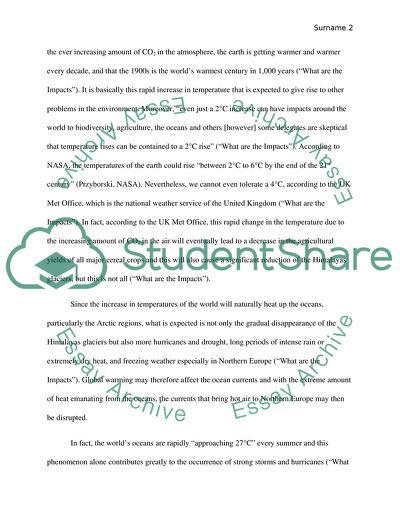Cite this document
(The Negative Environmental Effects of Global Warming and New Coursework, n.d.)
The Negative Environmental Effects of Global Warming and New Coursework. https://studentshare.org/environmental-studies/1769136-global-warming-and-new-technology-are-threaten-our-planet
The Negative Environmental Effects of Global Warming and New Coursework. https://studentshare.org/environmental-studies/1769136-global-warming-and-new-technology-are-threaten-our-planet
(The Negative Environmental Effects of Global Warming and New Coursework)
The Negative Environmental Effects of Global Warming and New Coursework. https://studentshare.org/environmental-studies/1769136-global-warming-and-new-technology-are-threaten-our-planet.
The Negative Environmental Effects of Global Warming and New Coursework. https://studentshare.org/environmental-studies/1769136-global-warming-and-new-technology-are-threaten-our-planet.
“The Negative Environmental Effects of Global Warming and New Coursework”. https://studentshare.org/environmental-studies/1769136-global-warming-and-new-technology-are-threaten-our-planet.


